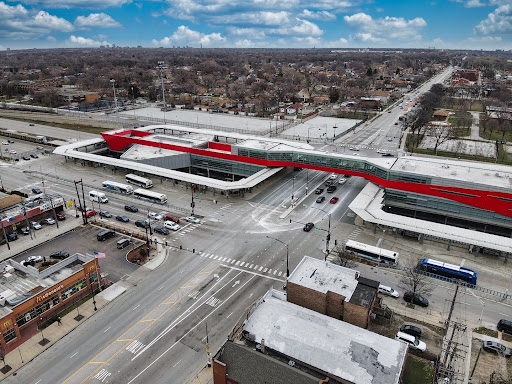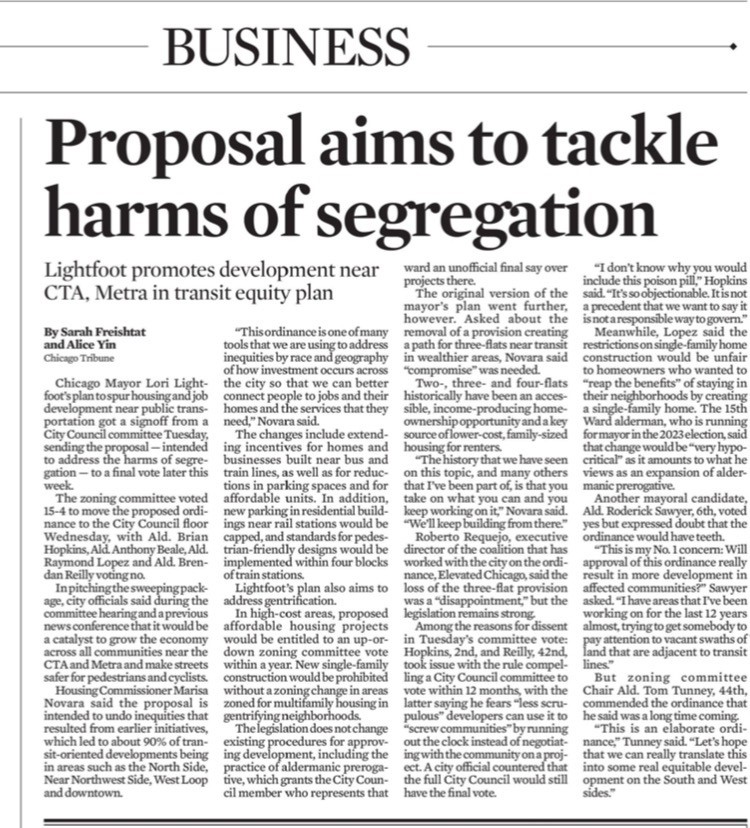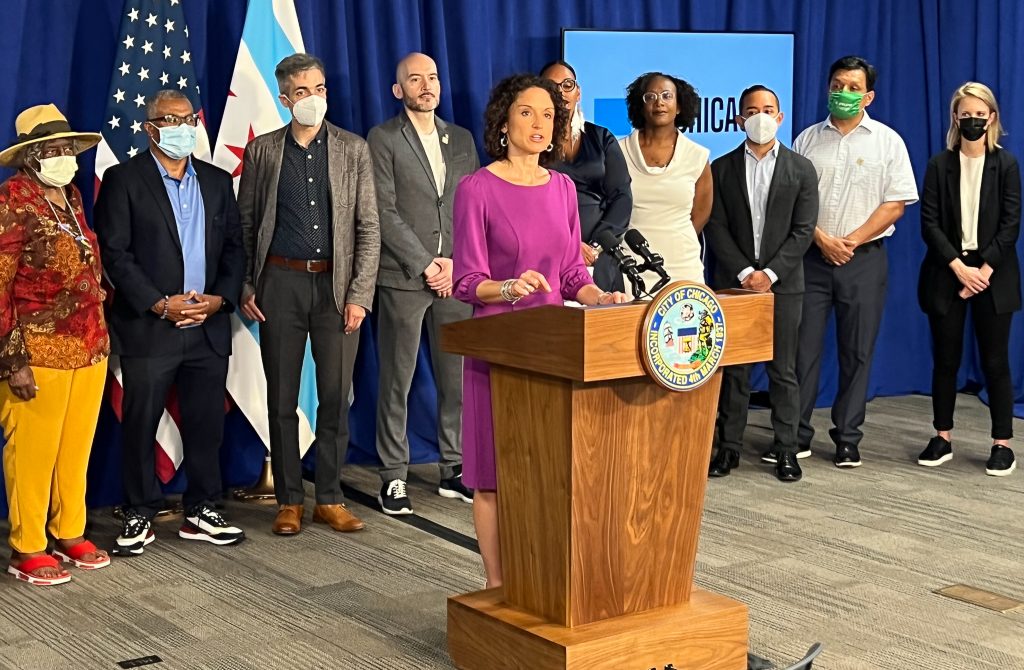For the past three years, community-based organizations, philanthropic organizations, and other like-minded groups in Chicago have been working on the “Connected Communities Ordinance,” a bid to push for equitable, transit-oriented development in the Windy City.
“In Chicago, we see a lot of development around our transit stops,” Mike Tomas, executive director of Garfield Park Community Council, one of the involved community-based organizations and a partner in the Partnership for Resilient Communities said. “Unfortunately, 90% of all the development around transit stop stations have been on the North Side which is predominantly white.”
Chicago’s transit system is a wonderful, efficient system for the most part. It runs 24 hours a day, travels to and from the airport, connects all the neighborhoods, uses a flat rate regardless of how far passengers travel, etc. However, there is rarely any development on the predominantly Black and Latinx West and South sides. Instead, there are vacant lots and boarded-up businesses. The coalition of organizations, called Elevated Chicago, has been working to change that.


In the past year, Elevated Chicago’s work really started to gain traction and come together. In July, the city council passed the ordinance, signaling the most comprehensive update to the city’s transit-oriented development policy, and a victory for the coalition.
“It comes to density.” Tomas said. “Our planning commissioner of the Department of Planning talks about the 15-minute neighborhood. It’s a concept that comes out of Paris, where within 15 minutes you should have the density to do your day-to-day basic tasks. Everything from childcare, to restaurants to medical.”
The ability to create this kind of hub would be a game changer in a neighborhood like Garfield Park, which heavily relies on the transit system. According to Tomas, studies have shown even during the first year of the pandemic, Garfield Park had the highest ridership in the entire system.
“This issue – improving our transit system, improving amenities around our transit stops – is important to Garfield Park,” he added.
It just so happened that when the ordinance passed, members of the Institute’s U.S. Programs were in Chicago and visiting Garfield Park Community Council.


“It was great to share with PRC and the team.” Tomas added. “ It’s right in line with PRC’s mission of community engagement and [working with] organizations led by people of color in neighborhoods of color. It also relates to climate. We’re trying to get people out of cars, we’re trying to get people to use transit more, we’re trying to stop building parking lots, we’re trying to get more walkable/livable communities.”
The ordinance does not just impact commercial spaces around transit stops but also encourages and protects affordable housing.
Half of Garfield Park’s housing stock is two- to three-flats, Tomas explained. In these types of houses, an owner would live on one floor, while giving the second floor to another family member or renting it out for recurring revenue. However, more recently, wealthier individuals have moved in and de-converted these multi-family homes into single-family homes, decreasing affordable housing options. Now, with the ordinance, for such a conversion to occur, there would need to be a zoning change that would then need to be approved, which would give the community a chance to react to the change and hopefully keep affordable housing options.
But for all that the ordinance encompasses, from pedestrian safety to commercial development and more, it is not the end all and be all by a long shot. In fact, Tomas quipped, now is when the real work begins.
“We’ve got to stay engaged as an organization as proposals are being developed and as these projects are being considered,” Tomas said. “[The ordinance] is only as good as the implementation. It’s only as good as the engagement. It is incumbent on all of us to stay involved.”

